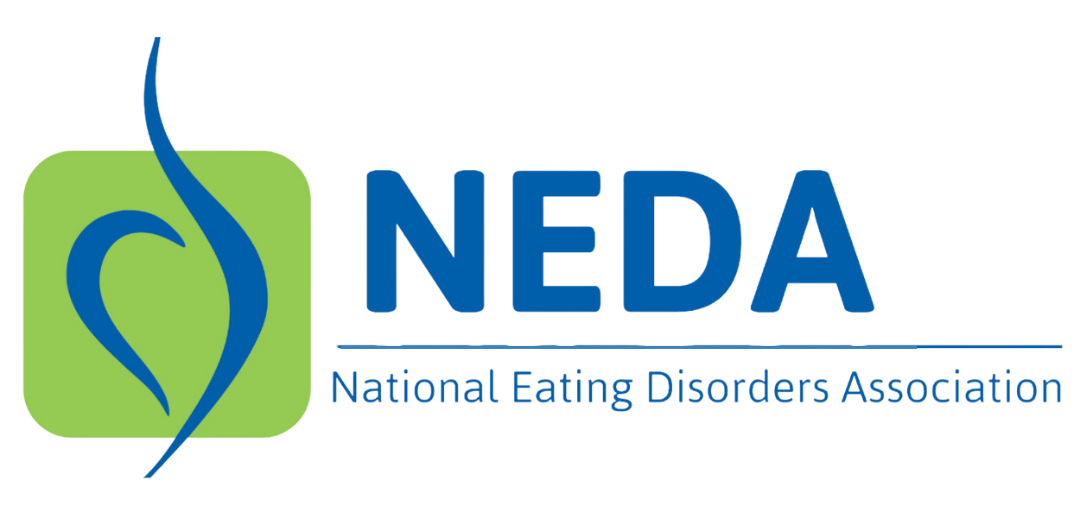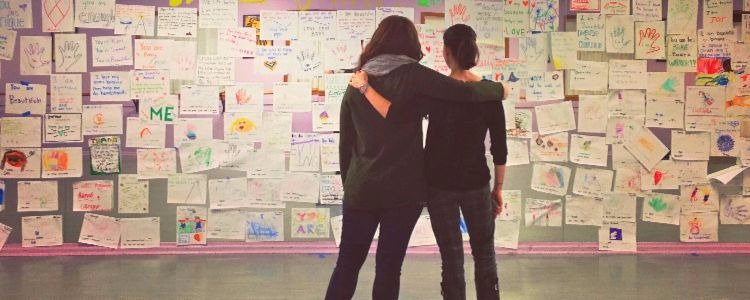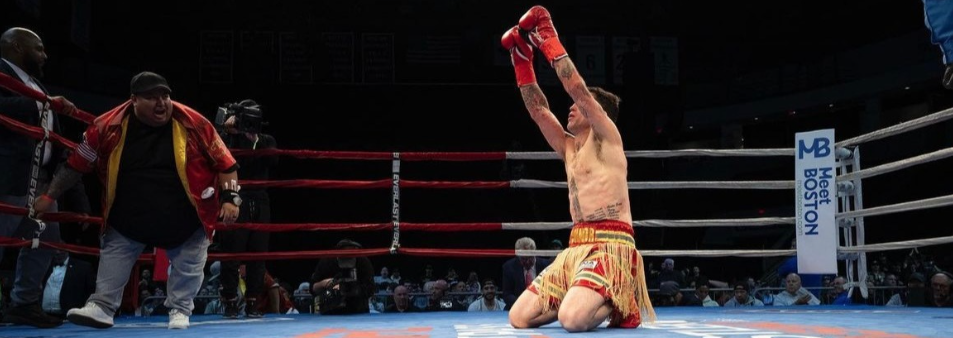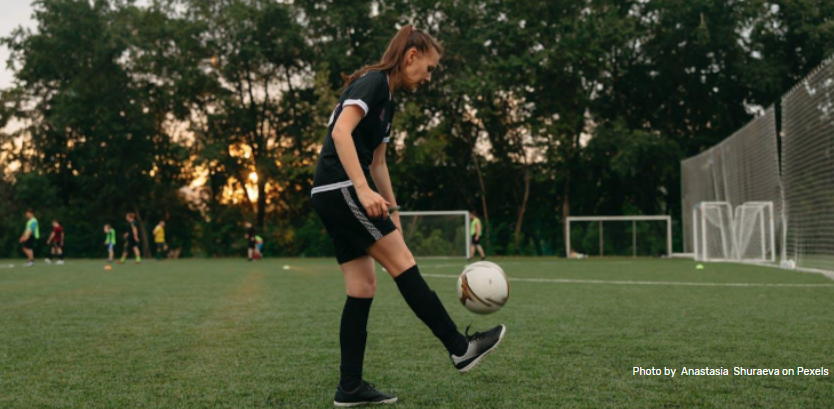People often assume that dance training is at odds with the ideals of body positivity. I can understand why – at the professional level, dance has a longstanding reputation of requiring a very narrow ideal body shape and size and dance class can often focus on physical shortcomings. That said, I am a dance teacher, and I believe in the power of body positivity. I believe in its power to inspire young people and to train better, stronger dancers.
There were several formative experiences in my own training in which it was clearly communicated that dance wasn’t ever going to be a real option for me because of my body. The message was delivered differently each time, but the takeaway was always the same – you are good at this, it’s clear that you love it, but because of the shape of your body, it doesn’t make sense for you to pursue it. These experiences had a huge impact on the way I saw myself and the way I saw my own potential. Looking back, I had every reason to quit in those moments.
I could have walked away from dance completely when I was 11, or 15, or 19. For whatever reason, I chose to continue and for that I am endlessly grateful. I am grateful also for the influence of a number of wonderful, supportive teachers. Teachers who saw me, believed in me, and challenged me to push past my own self-doubt.
Today, I have the privilege of sharing my love for dance with my own students and I get to do so in an incredibly healthy and kind environment. At All That Dance (ATD), we have made the intentional choice to exclude body shaming and body negativity from our programming. This has been true since the studio first opened its doors in 1994. In 2005, ATD took this mission one step further with the inception of our Love Your Body Week (LYBW) program.
LYBW was started by Rachel Stewart, an ATD teacher who was also volunteering for NEDA at the time. She was struck by the hypercritical language dancers used to describe their bodies, even in an environment as positive as ATD. Rachel felt a strong conviction to counteract the negative messages about our bodies that we see in the media, and to acknowledge the additional pressures dancers face. She went to the studio’s founder and director, Maygan Wurzer, and proposed taking a week of class time to focus on fostering healthy body image. Maygan and Rachel held LYBW for the first time that year and 12 years later it is still a hugely important part of our studio calendar. Maygan and my colleagues are all truly phenomenal teachers, all of whom share my dedication to building up our students during LYBW and throughout the year.
Since 2009, I have had the opportunity to the facilitate and oversee LYBW. It has been an honor to continue to expand and solidify our curriculum with Rachel, who now works as a mental health counselor. Over the course of LYBW, each of our dancers, across all age groups, writes or draws something positive about their body and tapes it to our studio mirrors. By the end of the week, our mirrors are completely covered with messages of self-love. This makes a strong visual statement about focusing on our bodies’ amazing functionality, rather than on what we look like in the mirror – not always an easy task for the young dancer.
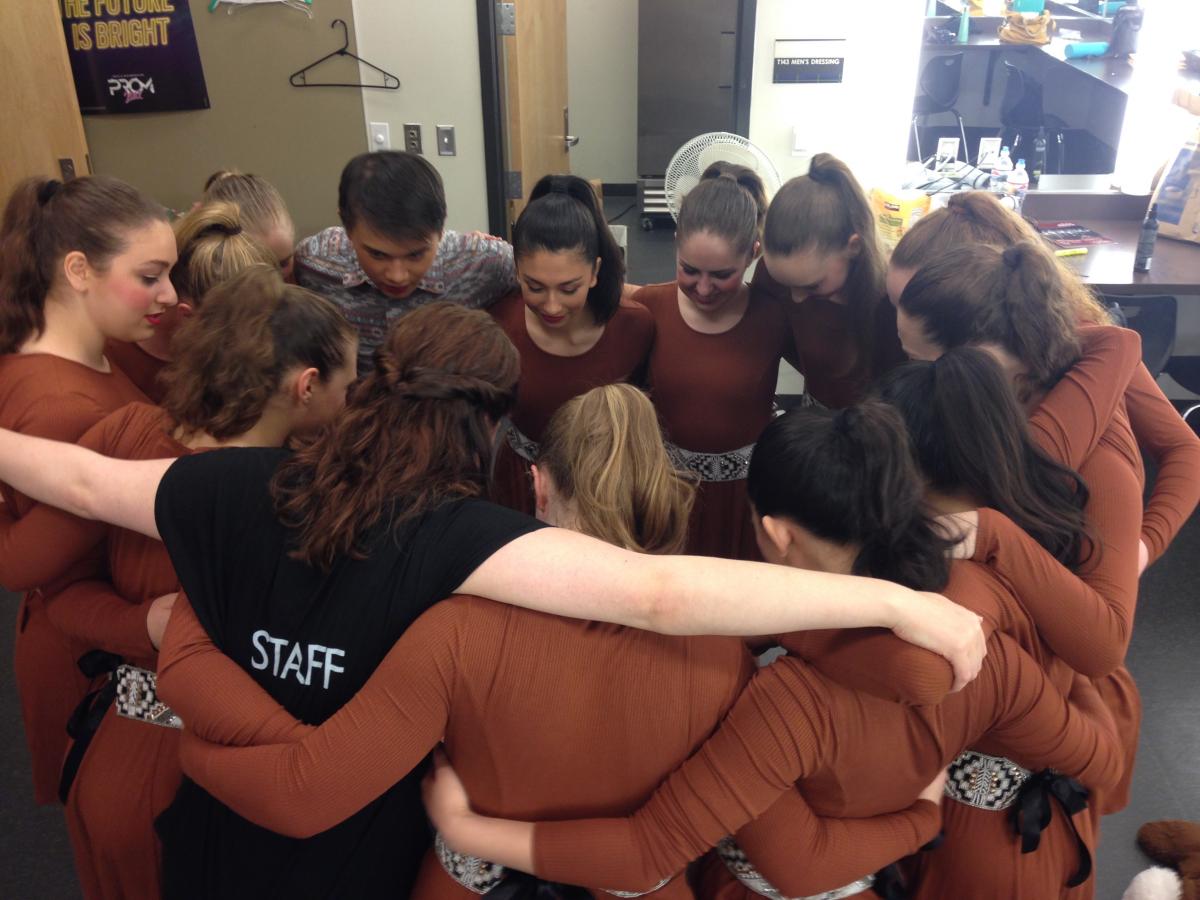
We also make use of teen leadership to encourage greater sense of investment and ownership in our most advanced dancers. Members of our chapter of the National Honor Society for Dance Arts (NHSDA, a program of the National Dance Education Organization) visit classes throughout the event and lead activities with younger dancers and with their peers. Watching NHSDA members deepen their engagement with the LYBW values as they take on this leadership role is always what inspires me most.
Critics of our LYBW worry we aren’t preparing our students appropriately for the harsh realities of the dance industry. It isn’t that I think we can protect our dancers from negative messaging about their bodies forever. I know very well we can’t. However, it is my hope that we help our students build their belief in their own potential to be strong enough to push past difficult moments. I also recognize that Love Your Body Week isn’t a band-aid and we can’t solve any of these problems simply by spending one week talking about them. We must be mindful about how we interact with our students daily and the messages we send them throughout their training.
In my 11 years teaching, I have seen time and time again how important a sense of self-worth is to a dancer’s growth. When a dancer believes they are of value, they are more willing to push themselves and to take risks, to be vulnerable for the sake of their art. I see in my students how influential this can be in the development of their technical skill, as well as their artistry.
Teaching young artists is an enormous responsibility. As dance teachers, we hold the ability to empower. We help shape the way our students perceive themselves, the way they connect to dance, and ultimately the way they process the world around them. My own path in dance was not always easy, nor was it always positive. Still, I wouldn’t trade my life in dance for anything. Dance gave me my voice and my life’s passion. Dancing makes me feel strong, alive, and at home in my body. These are the realities that I hope to pass along to my students. Regardless of whether or not they choose to continue dancing in adulthood, we strive to help each of our students believe in the remarkable capacities their bodies hold.
NHSDA’s Love Your Body Week, a time dedicated to creating body-positive dance environments, will be held from October 22-28, 2017.
Mary Pisegna Gorder is the Ballet Department Lead and National Honor Society for Dance Arts Chapter Sponsor at All That Dance in Seattle, WA.
